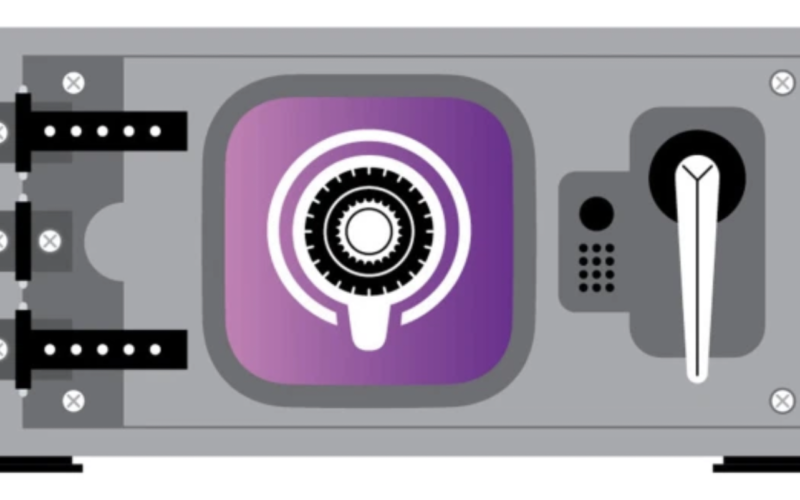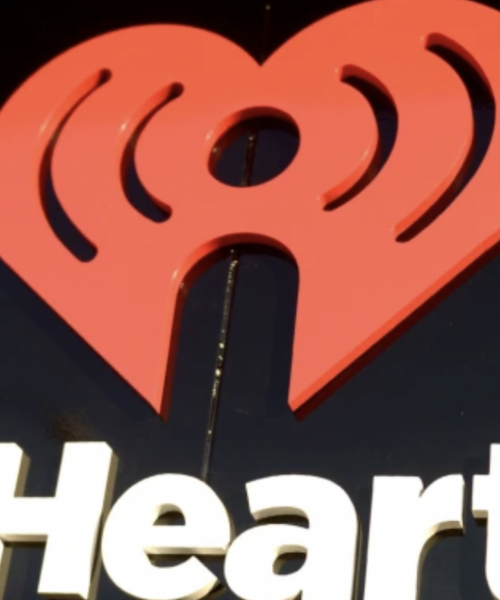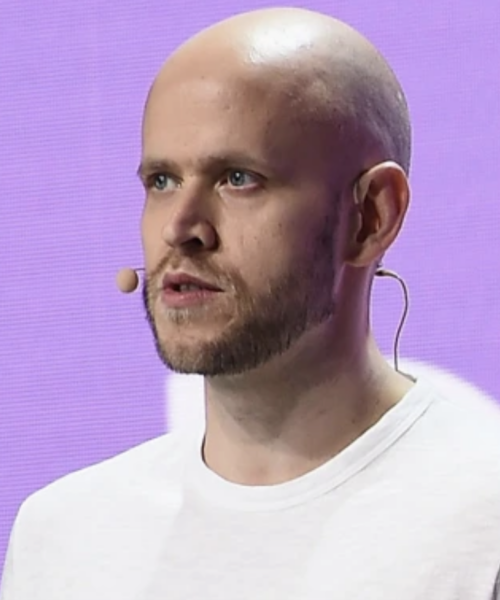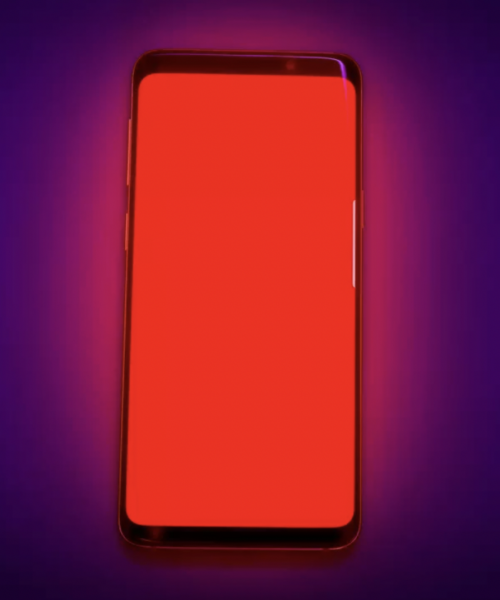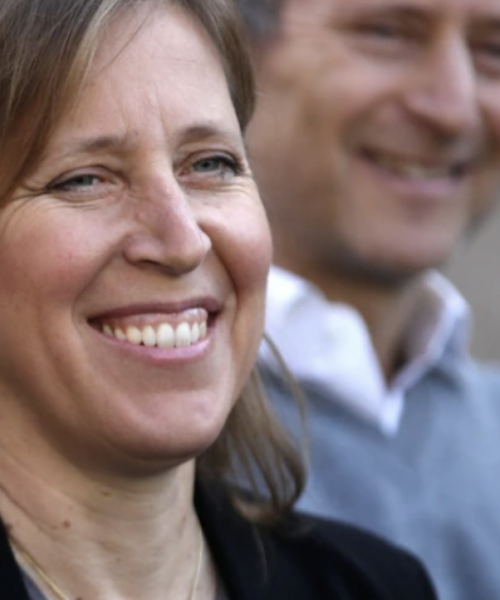BY J. CLARA CHAN | HollywoodReporter.Com
Troy Warren for CNT
To diversify revenue for podcast producers — which have been leaning on a booming ad market — the tech giants are offering new tools to build a monthly subscriber base.
Amid a gold rush for advertising in podcasts — total ad revenue is expected to exceed $1.3 billion this year and, by 2023, that figure jumps to $2 billion — Spotify and Apple are both rolling out new creator tools in an emerging area: subscriptions.
In April, Spotify staked a claim by unveiling its service through Anchor, the podcast platform it acquired in 2019, allowing creators to set a monthly price of $2.99, $4.99 or $7.99 for consumers. Apple countered on June 15 with the launch of its own tools, allowing creators to set pricing starting at $0.49 per month. Creators keep 100 percent of their revenue (aside from processing fees) with Spotify’s service — which is available only to U.S. creators — until 2023 when Spotify will begin taking a 5 percent cut.
Yet on Apple — which is available in more than 170 countries and has 28 million U.S. listeners, per eMarketer — creators must give up a 30 percent cut of their revenue in the first year and 15 percent in the following years. Creators must also accept that they will not have access to significant subscriber data, including the emails or other contact information for their paying audiences. The latter caveat may be a sticking point for some creators and companies, where access to email lists and audience data is crucial if they want an easy way to move their followings to a different platform in the future.
Simon Sutton, the CEO of podcast network Luminary ($4.99 a month via Apple), says he expects subscriber revenue to eventually make up 50 percent of all revenue in the industry, with the other 50 percent still composed of ads. But that split is still “a long way away,” he notes, and until then, most podcasts will still mainly look to advertising and sponsorships for revenue. “This is still such a young, fast-growing industry that’s driven by a young demographic,” Sutton says. “It has many years to go before it gets to maturity.”
NPR is driven by its public service mission, but the nonprofit is still “bullish” on Apple and Spotify subscriptions, as Joel Sucherman, NPR’s vp new platform partnerships, describes it. Aside from wanting to reach subscribers where they already are, Sucherman says there’s an opportunity to leverage subscriptions to popular shows like Planet Money and Code Switch to boost membership to local NPR affiliates. A pilot program is expected to begin this year with a small group of stations and, should that go well, NPR will move forward with a full rollout in 2022. Sucherman notes: “That way, we’re supporting the entirety of public radio and making sure that we’re using NPR podcasts to help support member stations as well.”
Steve Wilson, the chief strategy officer at podcast firm QCODE, which launched its $2.99-a-month QCODE+ subscription offering on Apple, says the breakdown between ad vs. subscription revenue would “look very different” depending on individual companies. “There’s likely an opportunity here for publishers who have a ravenous fan base, and maybe that’s very niche content, to charge a premium and have a smaller audience but actually be financially sustainable,” Wilson explains. “Advertising tends to necessitate having a really large audience, so for some small publishers,
Though companies like Luminary have gone all-in on subscriptions for original content, others, like Lemonada Media, are fitting subscriptions into their larger, diversified revenue strategies. In 2020, the podcast company brought in $1.5 million in revenue. Jessica Cordova Kramer, Lemonada’s CEO and co-founder, says Lemonada’s financial success is largely thanks to a combination of diverse sources of funding including VC dollars, corporate sponsors, traditional ad sales, and listener support from Patreon and other membership services. And when Apple rolled out its subscription offering, Lemonada “jumped at the chance” to join in and add subscriptions costing $4.99 a month via Apple Podcasts to the mix.
“If you want to have a really vibrant, profitable network where the hosts are happy, producers are happy, listeners are happy, and the studio is happy, you’re going to have a multitude of ways in which you’re monetizing your shows and making it all happen,” Cordova Kramer says.
For subscription proponents, the ability to lose dependence on advertising can be creatively freeing, too. Sutton, the Luminary CEO, looks at subscription podcasts the same way he does prestige TV. “As advertising becomes more present, there’s a certain type of programming that’s very mainstream and [middle-of]-the-road. But if you look at the type of stuff that’s on HBO, or any of the other sort of non-ad-supported TV networks, a lot of those creators, a lot of those shows wouldn’t be supported by advertising,” Sutton, who is a former president of HBO, notes. “Subscription allows you to create a different type of show.”
But that also necessitates that content remains behind a paywall, which is not the path that organizations like Lemonada want to go down (if this dilemma sounds familiar, just look to the hand-wringing happening in the news industry). “We have a series on mental health and the opioid crisis, the coronavirus crisis. We would not put that stuff behind a paywall, so we very much see our premium [as being] like, if you’re a die-hard fan of some of our content, you get extra,” Cordova Kramer says. “But we want our core content to be free and accessible to anyone who needs it.”
In Other NEWS


























